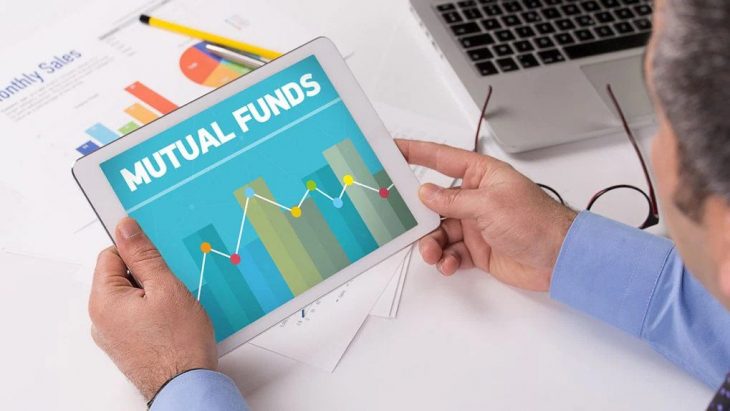Putting resources into common assets (MF) through e-wallets and web banking just got harder. have conveyed messages to their financial backers lately. We might want to advise you that we don’t permit exchanges through wallets that are identified with internet business stages including bank wallets because of the ‘Outsider’ limitation according to SEBI rules to keep away from any plausible misrepresentation,” HDFC MF said in its correspondence to financial backers. “For administrative reasons, (a few) banks will not be accessible for online net financial exchange as they don’t uphold outsider check,” ICICI Prudential MF said in its email to clients. The rundown has 20 banks, including Punjab and Sind Bank, UCO Bank, United Bank of India, Vijaya Bank, AU Small Finance Bank, and ESAF Small Finance Bank.
Third-Party Check Missing
On the off chance that your bank does not uphold outsider confirmation (TPV), you would not have the option to make interests in common assets (MFs) through channels, for example, e-wallets.
E-wallets have gotten progressively well known, particularly among recent college grads. In any case, SEBI decides command that financial backers need to course their cash into MFs from their own ledgers, to guarantee a cash trail. Furthermore, the onus in on-reserve houses to guarantee this. At the point when financial backers contribute by means of their e-wallets, it is hard for storehouses to bring in sure where that cash has come from. “Who knows from which financial balances the cash been stacked from, onto an e-wallet,” says a senior common asset industry official, mentioning secrecy.
Mainstream portable wallets, for example, Paytm and Mobikwik offer approaches to put resources into direct plans of common assets through their applications. In 2017, SEBI had allowed financial backers to purchase MF units worth up to Rs 50,000 through advanced wallets. The controller permitted people to utilize portable wallets to put resources into MFs just if the cash is stacked into the wallet from the financial backer’s own ledger. Here once more, the asset house needs to guarantee this occurs. Something else, portable wallets can likewise be stacked through cash, Mastercards, and cashback. Also, according to SEBI rules, when financial backers reclaim from MFs, the returns cannot return to e-wallets. Cash gets moved to the financial backer’s ledger. Also, for this to occur, financial backers need to give their ledger subtleties. In this way, industry authorities say barely any financial backer courses cash into MFs through e-wallets.
What Happens Now?
You can in any case keep on putting resources into MFs through numerous different channels. You can utilize RTGS, NEFT, UPI (Unified Payments Interface), or an OTM (One-time Mandate).
Image Credit: CNBCTV18


